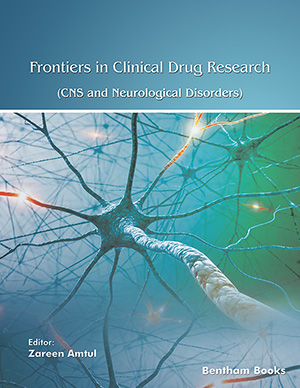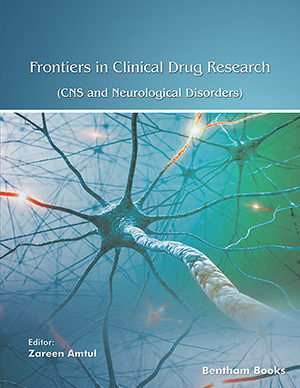
Abstract
Aging is a major risk factor for neurodegenerative diseases including Alzheimers disease (AD), Parkinsons disease (PD), and amyotrophic lateral sclerosis (ALS). An unbalanced overproduction of reactive oxygen species (ROS) may give rise to oxidative stress which can induce neuronal damage, ultimately leading to neuronal death by apoptosis or necrosis. A large body of evidence indicates that oxidative stress is involved in the pathogenesis of AD, PD, and ALS. Several studies have shown that nutritional antioxidants (especially vitamin E and polyphenols) can block neuronal death in vitro, and may have therapeutic properties in animal models of neurodegenerative diseases including AD, PD, and ALS. Morever, clinical data suggest that nutritional antioxidants might exert some protective effect against AD, PD, and ALS. In this paper, the biochemical mechanisms by which nutritional antioxidants can reduce or block neuronal death occurring in neurodegenerative disorders are reviewed. Particular emphasis will be given to the role played by the nuclear transcription factor -kB (NF-kB) in apoptosis, and in the pathogenesis of neurodegenenerative disorders, such as AD, PD, and ALS. The effects of ROS and antioxidants on NF-kB function and their relevance in the pathophysiology of neurodegenerative diseases will also be examined.
Keywords: neurodegeneration, alzheimer disease, parkinsons disease, amyotrophic lateral sclerosis, oxidative stress, nuclear factor kb, antioxidants, polyphenols, neuroprotection, nutritional
 12
12


















